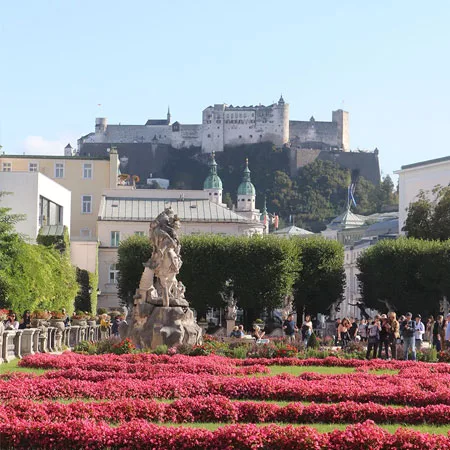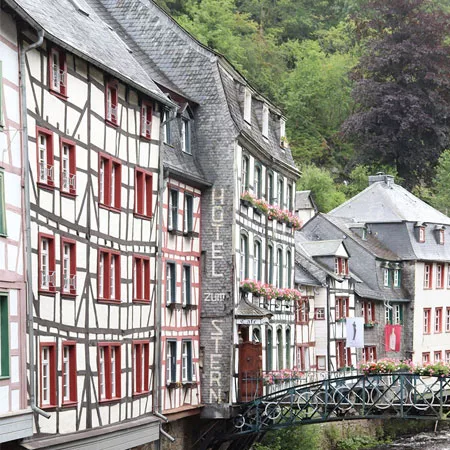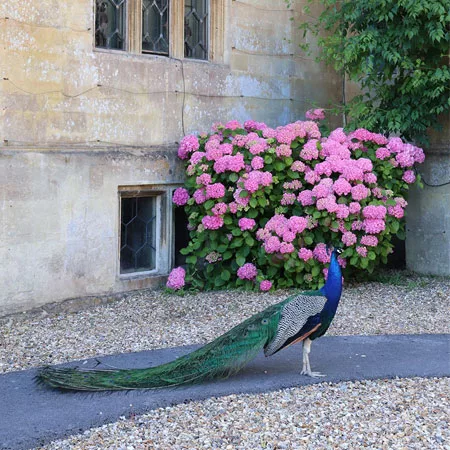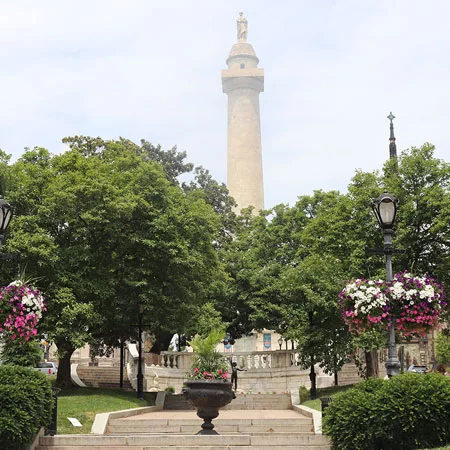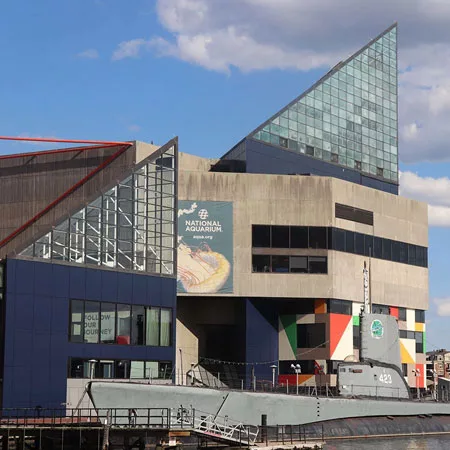Keep in touch!
The best way to keep in touch is via my
Twitter account, which I check multiple times a day. I'm also using my
Instagram account more often. Give me a follow but also don't be shy to say hi! I love meeting like-minded travellers and art/history lovers.
Alternatively you can send an email to
admin [at] itravelforthestars.com and I'll get back to you when possible. Please note that I am not currently accepting guest posts. For business inquiries, please be as detailed as you are allowed about project requirements. I do not respond to emails that are vague.
Thanks for stopping by! ★★★












